Let 'Tenet' Production Sound Mixer Willie Burton Teach You How to Build a Lasting Career
“If I ended my career today, I would be very happy for what has happened to me over the years. I work as hard now as I did 20 years ago."

I first met Willie Burton over ten years ago. I gave him a call because I wanted to interview him about a Ben Stiller movie he recorded the sound on. The idea being to detail the challenges that come with mixing comedic performances on a film set. When I asked him if he was interested in talking shop, his response was, “You want to talk to me?”
“Yes.” I said.
“But I’m just a production sound mixer. Why would you want to talk to me?” he asked.
To say Burton is a humble individual is an immeasurable understatement. After multiple decades interviewing the most sought after filmmakers of the last 40 years, only a handful of names stick out as such. His reaction was from someone who already won two Oscars and was nominated five other times for an Academy Award. His long list of credits stretch back to 1975, but many will recognize his name crawl across The Goonies, The Color Purple, The Shawshank Redemption, Se7en, The Green Mile, and Dreamgirls, among 100+ other films and television shows.
But yeah. It was he who was surprised when in reality, I was more concerned if he'd even consider the notion. Back then, there weren’t many avenues who dedicated conversations with storytellers of sound, let alone production sound mixers. There was the Local 695 trade magazine, which has been since rebranded as Production Sound and Video, CAS Quarterly, SoundWorks Collection, and a few others, including the magazine I oversaw, which dedicated its pages to connecting the workflows of different departments and how they worked together as opposed to their individual merits.
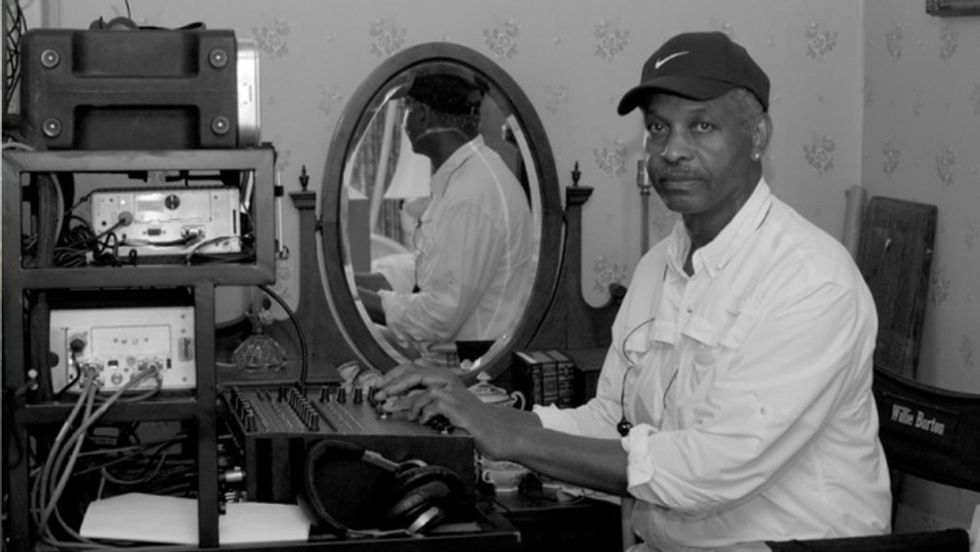
Even more surprisingly, Burton wanted to meet in person. And against my many suggestions, he drove to me. We sat and talked for nearly two hours not only about the film he had worked on but the industry, techniques, and how production sound mixers are looked at on set, which at the time was somewhat bleak.
We connected on many different occasions since, discussing projects like Tate Taylor's The Help, Ava DuVernay’s Selma, and Denzel Washington’s Fences, which is a masterclass in recording production sound rich in dialogue. When Burton was tapped to part of Christopher Nolan’s Tenet, the director’s latest film that pins actor John David Washington with saving the world, it seemed like a good time to say hello again.
“How are you?” Burton’s said in his uplifting voice over the phone instead of in person because of…you know.
“I’m good, you?” I said.
It’s late February and Burton has returned from being out of the country after five and a half months of filming. “I’m sort of getting my life back in order, you know. A lot of things got left behind and I’m catching up now,” he says. But even with the welcomed hiatus, the production sound mixer is eyeing reshoots of Fast and the Furious 9 at the end of the month, which is expected to come out next year.
“I try to enjoy life more and work less,” Burton says, but he recognizes it took him a long time to get to this point in his career. “Unless you have a rich family or have some inheritance, you’re going to have to work hard to get where you want to be. That wasn’t in the cards for me, so I had to put in the work. I still love working. I still love being challenged. But I’m just having a good time at this stage in my career.”
Burton was born in Tuscaloosa, Alabama and gravitated towards sound after having worked at an electronics shop as a teen. But film production was limited in the Deep South, and the opportunities for African-Americans were even sparser having grown up in the shadow of the Civil Rights Movement. Burton decided to move to Long Beach, California after high school and attended a trade school and then Compton City College. After his schooling, he worked for the United States Navy on its sonar technology while keeping his eye on the film industry.
Then in 1969, Burton became the first black man to join IATSE Local 695, which today, represents members in production sound, video, television broadcast, and projection. He got his first break on the TV series Land of Giants, but in between jobs working as a boom operator, he was a custodian at a bank. It wasn’t until 1975 when he landed Sidney Poitier’s film Let’s Do it Again that allowed him to focus on sound mixing full time.
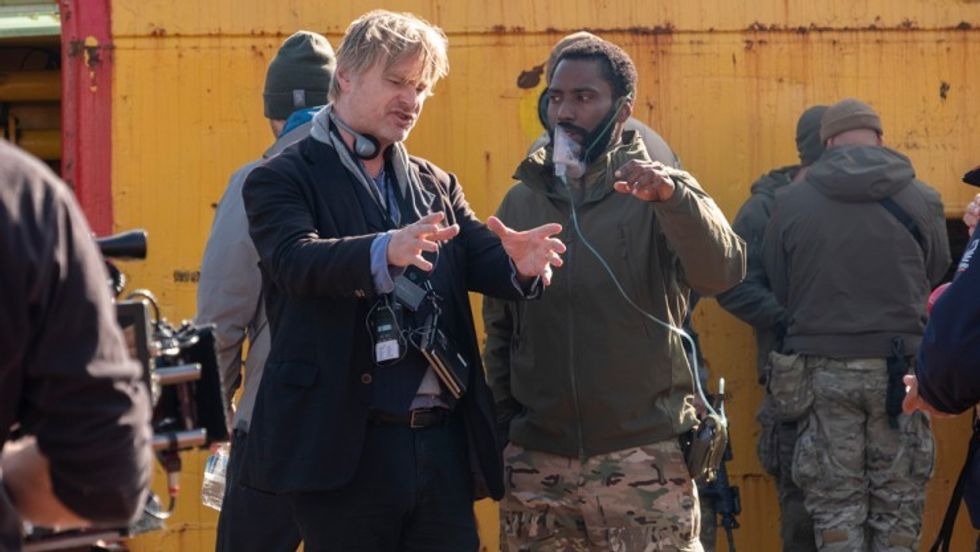
Tenet allowed Burton to relive the early days of his career. While Nolan is known for openly supporting celluloid and shooting IMAX, it’s lesser-known – at least outside the sound community – that the director prefers a single hardwire boom positioned directly over the camera. “It’s old school,” says Burton, who enjoyed his experience working with the director.
Burton spent the early part of his career mixing on a mono NAGRA, which recorded audio to analog tape. Think of the storage medium as a large cassette. It meant mixers couldn’t rely on ISO tracks to catch anything they may have missed. They simply didn’t exist. It all had to be choreographed and recorded to a single track, which could then be sweetened in post.
Modern productions today rely heavily on multitrack recording and ISO tracks, the latter almost to a fault as ISO tracks are generally recorded using thinner sounding lavaliers that may not be able to capture the full dynamics of a scene, or worse, pick up the clothing rustle from an actor’s movement. While clothing noise can be avoided with proper wiring techniques or post processing, it’s not full-proof. A production mixer can adjust the lavalier for one type of movement, but then, the talent starts to move in another direction. Or the dialog from the lav can sound muffled underneath the layers of clothing, prompting an ADR session.
Though directors and producers are more aware of sound now than they were, say, ten years ago, understandably, many don't thoroughly grasp what it takes to capture usable sound that matches the picture. Nolan is not one of those directors. He wants his sound to match the picture and the emotion of the scene using technology that allows for the lowest noise floor.
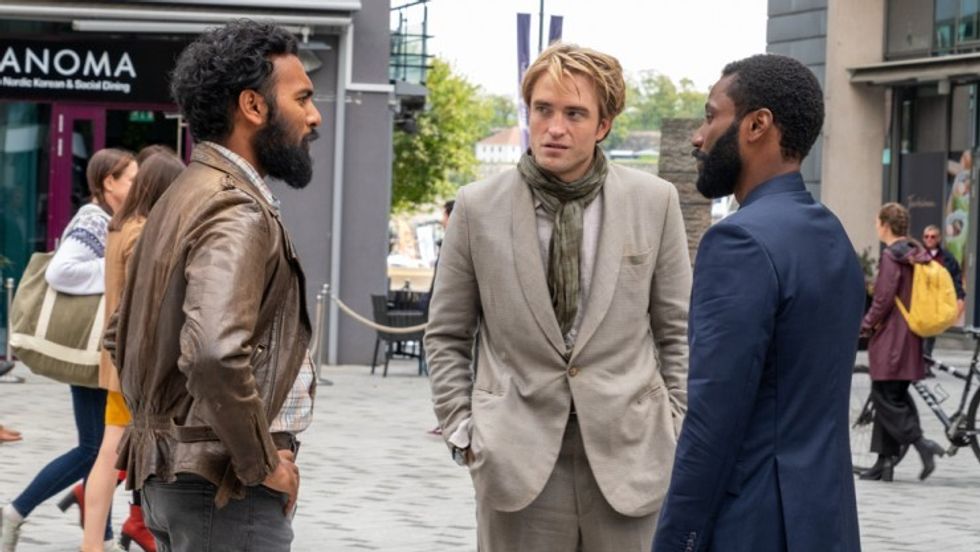
It's why an overhead boom is exactly what Nolan wants on his film set, but he takes it a step further, electing for a hardwired boom which uses a cable to transmit the audio signal instead of a wireless boom that transmits the audio over a wireless frequency. The difference between the two, at least for Burton, is the wired boom is able to pick up more of the ambiance of the environment. It’s able to place viewers in the moment and the scene a little bit more because of it. It’s a technique Nolan has used in the past, with production sound mixer Mark Weingarten doing so on Dunkirk, for which he went on to win an Oscar, and Ed Novick did prior on Inception, for which he also won an Oscar.
But simply putting a wired boom overhead is not going to win your film sound awards. It really takes the planets and the stars to align for a film to grab a nomination, let alone a win.
However, those films do tend to share a common thread. Experience. It’s Burton’s skills on the mixing board combined with the capabilities of his crew that helps immerse viewers in story sonically. “I’ve always been a mix track guy,” admits Burton. “No matter how many ISO tracks are used, I was taught to always do the best mix on track one. That’s the job of the mixer.”
When Burton recorded sound for Bird Box, an apocalyptic thriller starring Sandra Bullock, the mixer contended with scenes where 10 or more people spoke and cameras blocked for wide and tight shots. “You rely on the wireless lavs for the wide shots, but when the cameras move in, you bring the booms into the mix, instead of leaving it on the wires.”
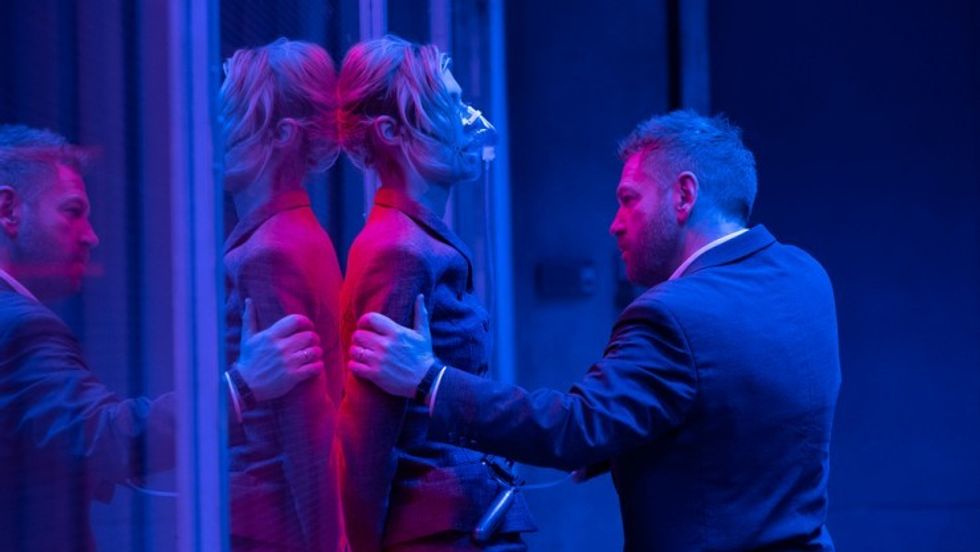
Seasoned mixers want to record with a boom first and rely only on wireless lavs when necessary. “The boom sounds so much more natural and I’ll go to the wireless when it’s absolutely necessary,” says Burton.
Productions today almost force sound mixers to use wireless lavs because of how they shoot. Directors will block multiple cameras with a wide establishing shot and a close up at the same time, which doesn’t allow the sound team to place a boom mic into the scene until the wide shot is clear - if that happens at all. “Years ago, directors allowed you to move from the wide shot into the close up. Now with the cost of making films, shooting wide and tight is one of the first things directors do. So of course you have to put on wireless to make it work,” says Burton.
He has also worked on other projects where a director or a producer suggests using a wireless lav on all the talent at all times and he will point out how unnecessary it is. “I think some may have a bad experience in the past and want to make sure everyone is wired to not lose anything, but when we get to set and start working, you realize that you’re not going to use the wireless lavs in the mix, so it’s a waste of time.”
On the set of the Ben Stiller film, Little Fockers, the actor approached Burton to ask why he wasn’t given a wireless mic to wear – something the actor grew accustomed to from other sets. The production sound mixer simply told him he doesn’t need it. The actor walked away doubting Burton only to return later to say how much he appreciated how his sound team worked. It’s experience that pays off in the end.
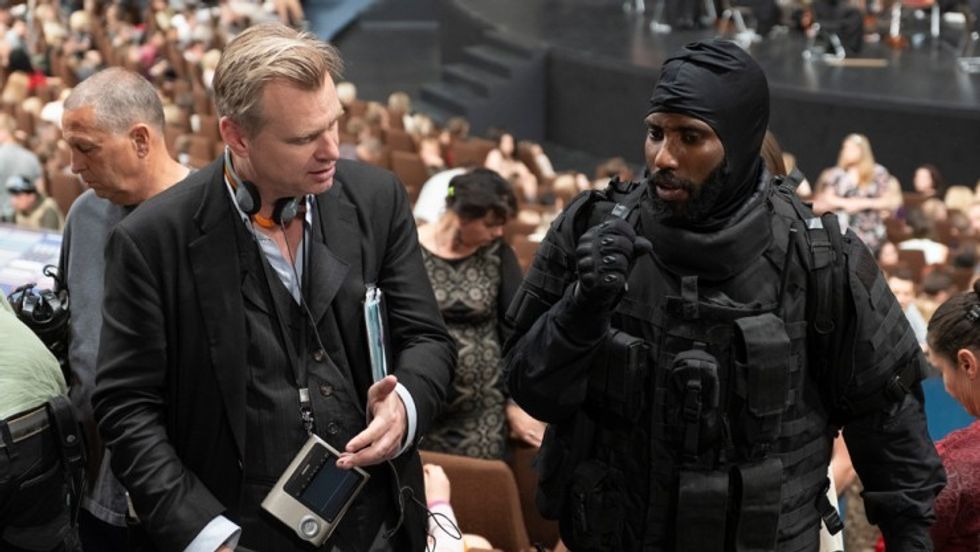
In Tenet, Nolan blocked the majority of scenes with cinematographer Hoyte Van Hoytema using a single camera making it advantageous for the sound mixer. On set, Burton was able to run over 400 feet of XLR cable to meet the demands of the production and record a quality mix track for post to build on. It’s something Burton recognizes most productions don’t have the luxury of doing because of time or budget, but he enjoyed turning back the clock.
“The entire project was a challenge, and that what excites me about saying yes to a project. The more of a challenge it is, and the better the end result, the more excited I am. It’s why I enjoy doing musicals. There’s so much involved. It was the same with Tenet.”
Looking back on his career, Burton realizes he’s a blessed man when it comes to the nominations and awards. “If I ended my career today, I would be very happy for what has happened to me over the years. I work as hard now as I did 20 years ago. As you get older, you get hired because you do a great job. And that’s my thinking. I want to go in and do a great job with the best team. You have to go out every day and not give in. Whatever it is, you have to get it right. And those who do the hiring will recognize that and bring you in over and over again because you have that attitude.”
Just don’t forget the humbleness.
















